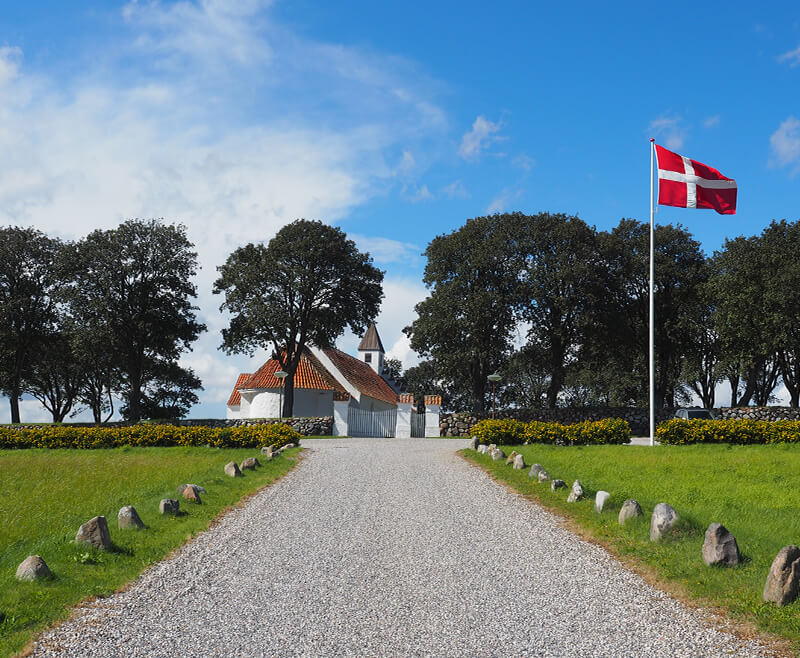Happiness index
We all want to be happy. There are a lot of books written on how to achieve happiness with many pieces of useful advice such as: one should live for the present moment, meditate at least once a week, eat six servings of fruits and vegetables a day, have kids and a dog and even drink wine regularly. There are even courses at Harvard on Happiness.
Like many others, I’ve also worked on it. I’ve bought a lot of self-help books telling me that happiness lies deep within. If I am not happy, then apparently I’m not digging deep enough. However, what I understood after some time is this. Even though you can improve some basic level of happiness by following this advice, you cannot achieve a lasting and substantial improvement if you don’t also consider the external factors. Happiness is not just inside of us but also out there. “Out there” meaning the country you are living in, its culture, your surroundings, traditions, nature, etc. So happiness is not only the way, but also a destination 🙂 . As Henry Miller put it, “One’s destination is never a place, but a new way of seeing things”.
So what makes a “happy country”? Why are some countries said to be much happier than others? Why is it that sometimes, when first visiting a country, you think “I can imagine staying here forever” while in other countries, you feel “I want to leave here as soon as possible”?
There has been a lot of research and studies done on this subject over the last 10 years. In 2005 the first World Happiness Report (WHR) appeared. It remains the key reference study on the matter, updated annually and I will refer to it during my blog. So, before speaking about the world’s happiest countries, I would like to say a few words on WHR and its metrics. The United Nations’ WHR relies on data from the Gallup World Poll surveys and it evaluates happiness across six variables:
The scores are based mostly on the individuals’ own assessment of their lives along these six criteria.
Here are the top ten happiest countries based on the 2019 report (published in March 2019):
If you look at this list, what would be the first factor that is present in all these countries: e.g. they are all developed countries with high GDP, high standard of living, high degree of freedom and democracy, etc. But what else? When I look at this list I immediately think: these countries are my favourite places for hiking, they have amazing (sometimes completely unspoilt, wild) nature: forests, mountains, lakes, etc. Do you agree?


Some argue that it is impossible to define “happiness” per se. Happiness can be divided in three different types: positive emotions, life satisfaction, and meaningfulness. WHR measures all these feelings, but some reports that just focus on one of the types, such as positive emotions produce different results. Latin American countries will top the list there. I think one should take into account as many factors as possible when defining the happiness level of countries, hence, I am taking a more encompassing WHR as a reference here.
You can read the full report here: http://worldhappiness.report/ It’s rather long, so below I have summarised the main points which one can take from the latest report, and directly transfer them to your everyday life, if you wish.
These are:
1. Live life fully: laugh, dance, sing, and it’s also OK to cry sometimes. It’s better to have positive and negative emotions than no emotion: “The most striking feature is the extent to which the results buttress a finding in psychology that the existence of positive emotions matters much more than the absence of negative ones”. So try always to have positive emotions and don’t be afraid to have negative ones (you will forget about them anyway 🙂
2. Do what you like: freedom to make life choices is one of the main happiness contributors. Try to do more things that you like, and don’t be afraid to follow your dreams.
3. Do some meaningful activities in your life and be generous. As the report discovered, “Behaving generously can increase happiness – but this effect is not inevitable. Specifically, people are more likely to derive joy from helping others when:
a) They are free to choose whether and how to help.
b) They feel connected to the people they are helping.
c) They can see how their help is making a difference.
4. Spend less time on the phone & on social networks. Schedule some “off” time and exchange it with quality face-to-face socialising: “The large amount of time adolescents spend interacting on electronic devices may have direct links to unhappiness and/or may have displaced time once spent on more beneficial activities, leading to declines in happiness. Thus, the fundamental shift in how adolescents spend their leisure time may explain the marked decline in adolescent well-being after 2011.”
These are some general concepts which should improve overall happiness level. But there is more than one path to happiness. Each happy country is happy in its own way. So let’s learn their secrets of happiness.
30.11.2019




